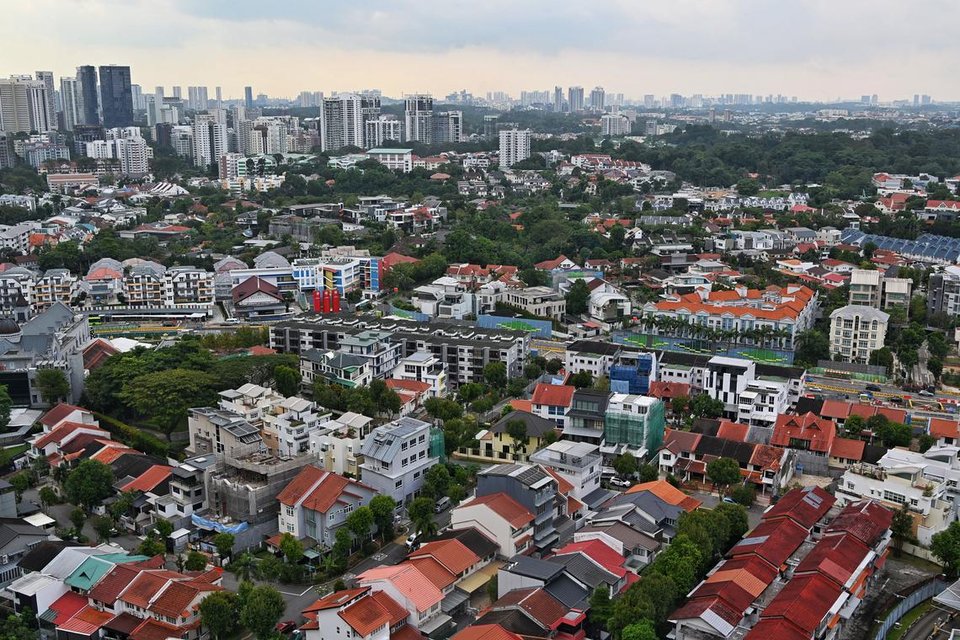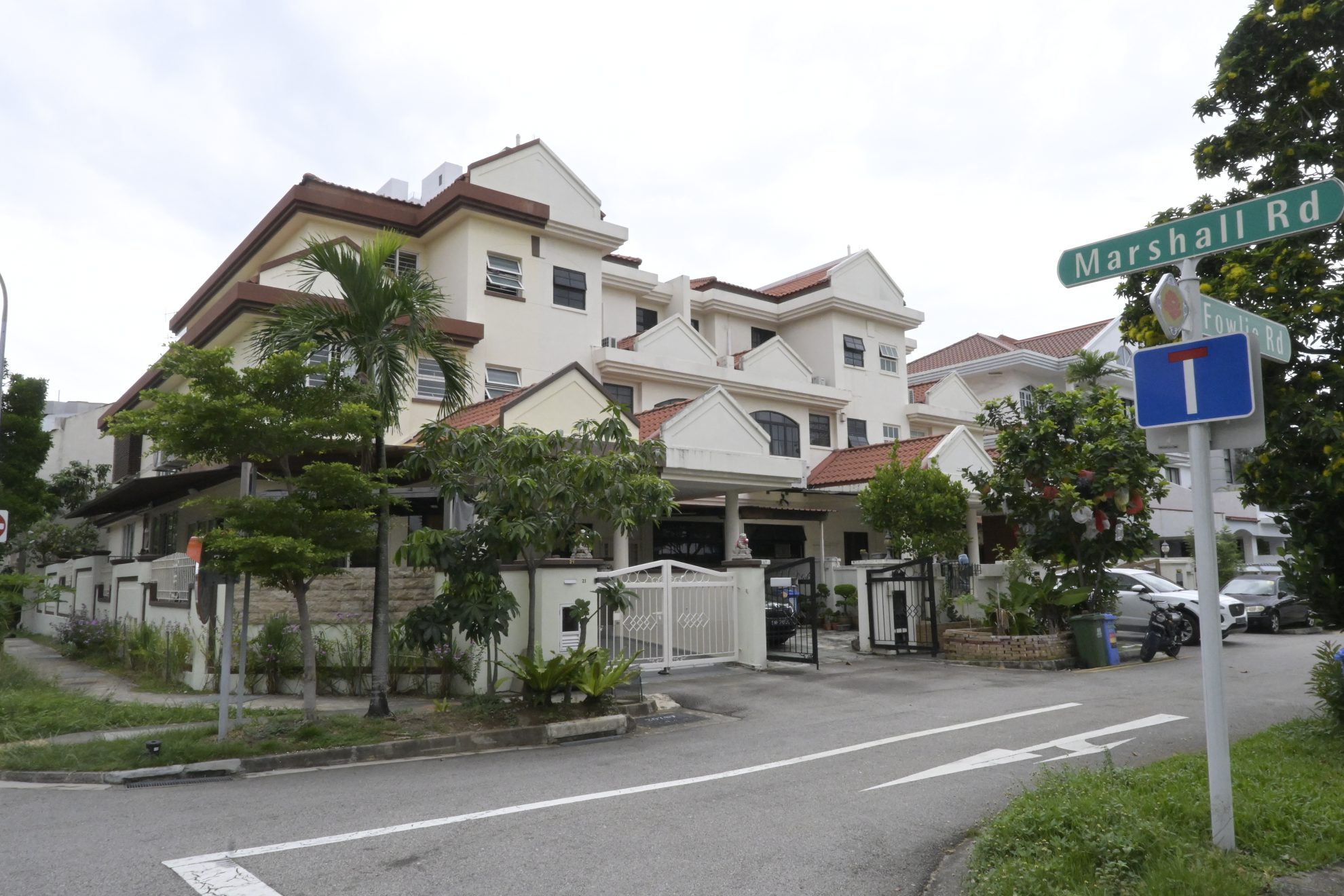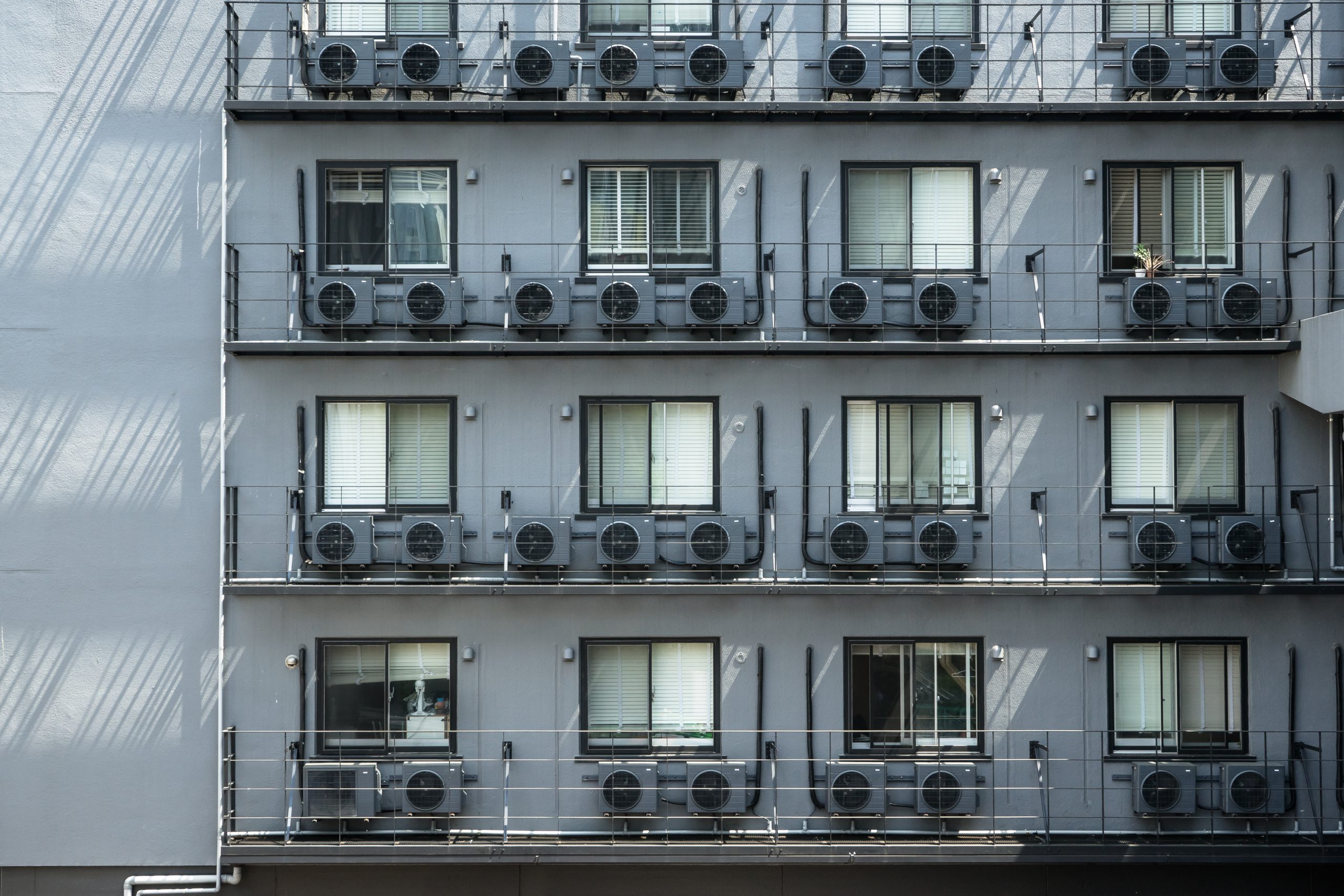SINGAPORE – The latest revisions to the seller’s stamp duty (SSD) will help curb short-term speculative behaviour by some property investors, but the overall impact on the market is expected to be minimal as most buyers are owner-occupiers, said property analysts.
The longer holding period of four years, up from three years previously, and higher SSD rates of between 4 per cent and 16 per cent were announced late on July 3, in a statement by the Ministry of National Development, Ministry of Finance and Monetary Authority of Singapore.
The latest changes will apply to all residential property bought from July 4.
Analysts said the move was seen as a mild measure to curb property flippers, who still make up a minority of buyers, amid rising sub-sales from 2020 to 2024.
A sub-sale refers to the sale of a unit to another buyer before the unit is completed.
The use of the SSD has been successful in the past in cutting sub-sales.
Mr Marcus Chu, chief executive of real estate agency ERA Singapore, said there has been a significant jump in sellers who sell their properties after holding it for three to four years, which could have prompted the authorities to take action.
In 2024, there were 2,104 sellers who sold their non-landed homes after owning it for three to four years, up from 358 in 2020, he noted, citing data from the Urban Redevelopment Authority (URA).
In the first half of 2025, such sellers accounted for 14.7 per cent of total non-landed home sales, or 858 transactions.
In their statement on July 3, the authorities highlighted a sharp increase in the number of private residential property transactions with short holding periods in recent years. They also pointed out a significant rise in sub-sales.
Mr Nicholas Mak, chief research officer at property search portal Mogul.sg, said the longer holding period will be effective in discouraging short-term investors from using a property trading tactic in which the buyer of a new condominium launch sells the unit three years after the purchase, reaps the profits, and repeats the process with another new launch.
“A longer holding period would require the home buyer to put up more capital, and there could be higher risks of a downturn in the property market or economy over four years compared with the shorter three-year period,” he added.
Mr Mak said such speculators mainly target new residential launches as they require lower upfront capital owing to the progressive payment scheme, compared with resale homes.
This scheme allows buyers of new uncompleted homes to stagger mortgage payments, which will increase gradually as construction milestones for the project are met.
Ms Wong Siew Ying, head of research and content at property agency PropNex Realty, said that previous moves to tighten the SSD in 2010 and 2011 were effective in bringing down the proportion of sub-sales in the subsequent years.
In 2017, the proportion of sub-sales dipped to 1.6 per cent of total private home transactions, down from 8.2 per cent in 2011, she noted.
The SSD was introduced in 2010 as a deterrent against flipping property for profit.
It was relaxed in 2017, when the holding period was reduced to three years from four years and the rates were reduced.
The Government said then that the number of property sales within the four-year window had fallen significantly since the SSD was introduced.
Sub-sales increased after 2020 owing to rising private home prices, as those who had purchased new homes could sell them for significant gains to other buyers, said Mr Leonard Tay, research head of real estate consultancy Knight Frank Singapore.
“For sub-sale buyers in 2024, they would have been presented with the opportunity to obtain homes that are new, ready to move into or soon-to-be-ready to move into, and at prices that were comparatively lower than new launches before 2024,” he said.
New SSD rates for residential properties
| Holding period | Rate from March 11, 2017, to July 3, 2025 | Rate from July 4, 2025 |
| Up to one year | 12% | 16% |
| More than one year but up to two years | 8% | 12% |
| More than two years but up to three years | 4% | 8% |
| More than three years but up to four years | 0% | 4% |
| More than four years | 0% | 0% |
The rise in interest rates from 2022 could have also contributed to the increase in sub-sales as buyers baulked at the prospect of the higher payments and decided to sell, he added.
But the latest changes to the SSD may not have a significant impact on the market as the number of sub-sale transactions has been on a downward trend after the second quarter of 2024, said Ms Christine Sun, chief researcher and strategist at Realion Group.
According to URA data, sub-sales fell from 370 transactions in the second quarter of 2024 to 301 in the first quarter of 2025, and 187 in the second quarter of 2025, she said.
“Furthermore, most condominiums are purchased for owner occupation, especially after the additional buyer’s stamp duty (ABSD) was raised several times,” she added.
In April 2023, ABSD rates were raised for Singaporeans and permanent residents buying their second and subsequent properties.
The rate for foreigners buying any residential property was also doubled from 30 per cent to 60 per cent.
ABSD rates for home buyers and developers were earlier raised in December 2021.
Mr Chu said: “Since most home buyers are genuine owner-occupiers or longer-term investors, this measure is a gentle touch, rather than a heavy-handed approach to the overall market.”
He added that even without the SSD revision, higher costs from elevated interest rates and property taxes would likely lead investors to hold on to their properties for longer than three years.
Mr Mak said if the Government wanted to introduce measures with a sharper impact, it could raise ABSD rates further or tighten housing loan requirements, such as by lowering the loan-to-value (LTV) ratio.
The LTV limit, currently set at 75 per cent for bank loans, is the maximum amount people can borrow to fund their property purchase.
The Real Estate Developers’ Association of Singapore said on July 4 that it supports efforts that contribute to a stable and sustainable property market, where prices appreciate in line with long-term economic and income growth.
Noting that the market has shown signs of moderation and slower sales take-up amid economic uncertainties, it asked for “continued and close public-private dialogue to ensure that future policy calibrations remain responsive to ground realities and support the long-term resilience of the real estate sector”.



